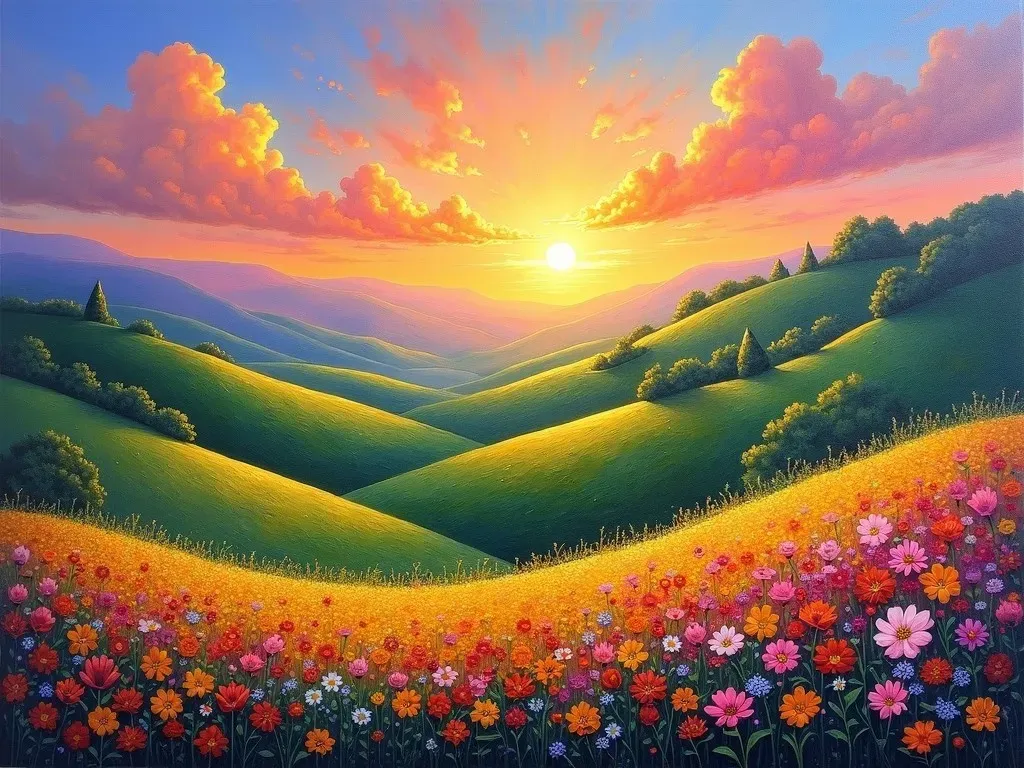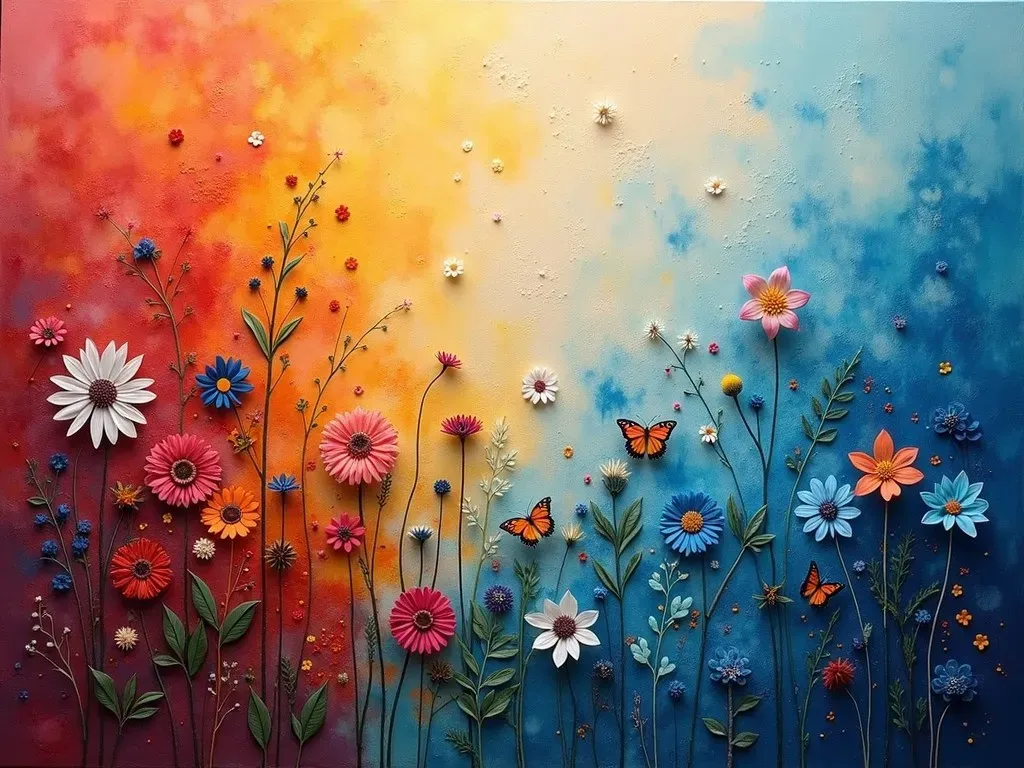Oil painting background is an essential element in the realm of fine art, adding depth and dimension to canvases and creating a visual narrative that captivates viewers. Oil painting itself has roots dating back to the 7th century, but the appeal of oil paint in modern art continues to hold its ground. The rich texture and luminous quality that oil paint provides make it a favored choice among artists who seek to communicate emotions and atmospheres in their work.
Oil painting backgrounds can vary widely, from soft washes of color to intricate landscapes bursting with life. The style and technique used will depend on the desired effect. Importantly, an oil painting background can serve as a formidable foundation for both beginner and seasoned artists alike, enhancing their creative expression.
Different Types of Oil Painting Backgrounds
When considering the various types of oil painting backgrounds, it’s essential to categorize them based on their purpose and the emotions they evoke. Below are common types of oil painting backgrounds:
-
Abstract Backgrounds:
- These backgrounds use whatever colors and shapes the artist feels expresses their vision best. The abstraction allows for more interpretation and emotion.
-
Nature-Inspired Backgrounds:
- Landscapes, seascapes, florals, and other natural elements can provide stunning backgrounds that complement the subject matter, often evoking tranquility or nostalgia.
-
Textured Backgrounds:
- These utilize heavy layers of paint to create texture and three-dimensionality, making the background itself a work of art.
-
Monochrome Backgrounds:
- Confining to one color (or shades of one color) provides a strong, bold base that can enhance and contrast the subject placed upon it.
-
Gradient Backgrounds:
- These backgrounds seamlessly transition from one hue to another, adding a dynamic element that can influence the viewer’s focus and emotions.
The Impact of Color in Oil Painting Backgrounds
The colors chosen in oil painting backgrounds can significantly affect the piece’s overall impact. Here’s a table to illustrate how specific colors can invoke certain feelings:
| Color | Emotion/Impact | Examples |
|---|---|---|
| Blue | Calm, Peaceful | Skies, Oceans |
| Red | Passion, Energy | Flowers, Sunset Skies |
| Green | Growth, Harmony | Forests, Fields |
| Yellow | Happiness, Warmth | Sunrises, Summer Hills |
| Black | Mystery, Depth | Night Scenery, Shadows |
Techniques for Creating Beautiful Oil Painting Backgrounds
Artists can employ various Techniques to create stunning oil painting backgrounds. Here are some techniques to consider:
-
Glazing: This involves applying thin layers of transparent paint over dried layers of color, creating depth and luminosity in the background.
-
Scumbling: A method where a thin layer of lighter, opaque paint is brushed over a dry layer, resulting in a soft-focus effect that enhances texture.
-
Palette Knife Techniques: This involves using a palette knife to apply and manipulate the paint for a more rugged surface, which can act as a background itself.
-
Wet-on-Wet: This technique allows for colors to blend directly on the canvas, which is perfect for creating aberrations in colors to emulate atmospheric conditions.
-
Stippling: Using a series of dots to build up texture gives the background a unique quality, often seen in natural representations like trees or landscapes.
Oil Painting Background Ideas
Here are some ideas for oil painting backgrounds you can experiment with:
- Stormy Skies: Capture the feeling of impending weather with dark blues and grays.
- Sunset Reflections: Use vibrant oranges, pinks, and purples to emulate a sunset over water.
- Forest Canopy: Paint rich greens and earthy browns for a natural woodland scene.
- Urban Landscape: A blend of grays, and splashes of color to represent city life – perfect for abstract urban representations.
- Fantastical Worlds: Create whimsical oil painting backgrounds with impossible colors and dream-like landscapes.

Where to Find Quality Oil Painting Backgrounds
If you are an artist searching for Inspiration or ready-to-use oil painting backgrounds, various resources are available online:
-
Freepik: An extensive resource offering thousands of oil painting background images. Find here.
-
Pexels: A platform with over 200,000 oil painting background photos available for download. Explore here.
-
Pixabay: Comprehensive options providing high-quality, royalty-free images for any creative project. Check it out.
-
Shutterstock: Here, you can find stock photos and vectors featuring oil painting backgrounds. View collection.
-
WallpaperAccess: This site hosts over 4K oil painting wallpapers to use as backgrounds on digital devices. Discover wallpapers.
FAQs about Oil Painting Backgrounds
Q: What type of canvas is best for oil painting backgrounds?
A: A medium or heavy-weight canvas is recommended. It provides support for thick layers of paint and texture.
Q: Can I use oil paint on paper for backgrounds?
A: Yes, oil paint can be used on specially treated or thick watercolor paper, but it should be noted that the texture may not hold as well as on canvas.
Q: Is it necessary to prime the canvas before oil painting?
A: It’s generally a good practice to prime the canvas to ensure paint adhesion and to prevent the canvas from absorbing too much oil from the paint.
Q: Can I paint over an existing oil painting background?
A: Yes, you can layer oil paint over dried oil paint. Make sure to clean the surface to improve adhesion.
Q: How do I clean brushes after using oil paints?
A: Brushes should be cleaned using turpentine or mineral spirits, followed by soap and water to remove any residual oils.
By understanding the significance of oil painting backgrounds and applying various techniques and styles, artists can elevate their creations, capturing the essence and emotion in every stroke. Happy painting!

